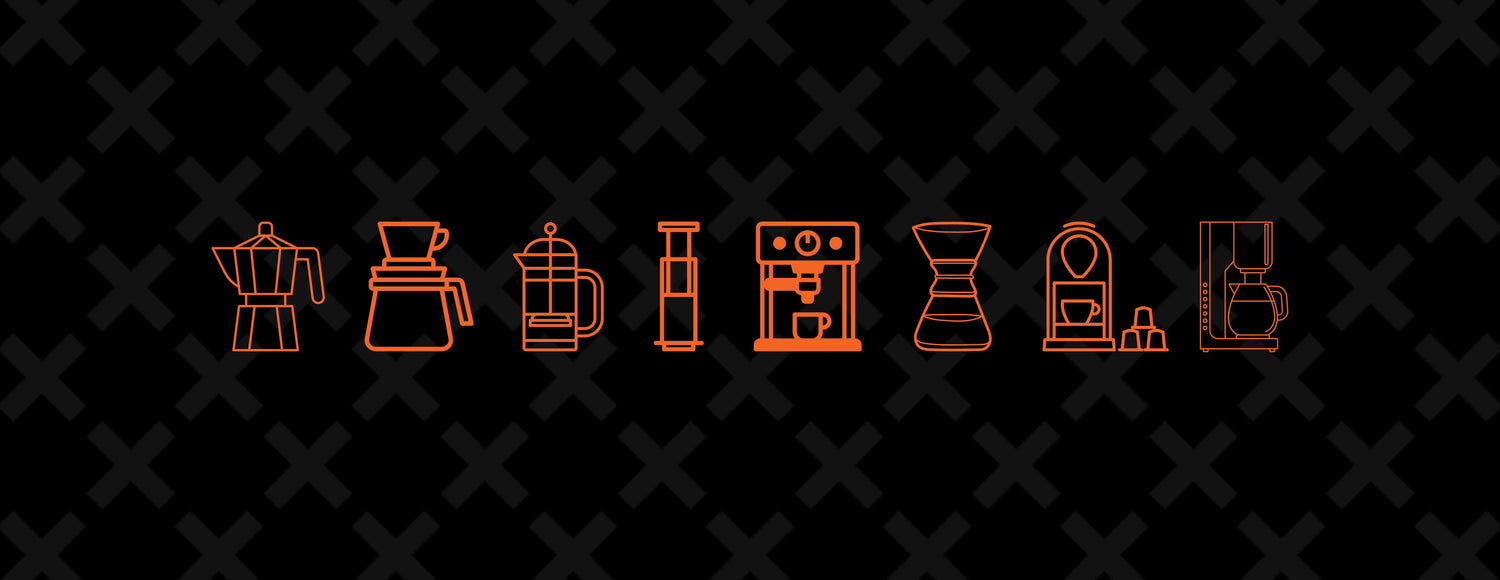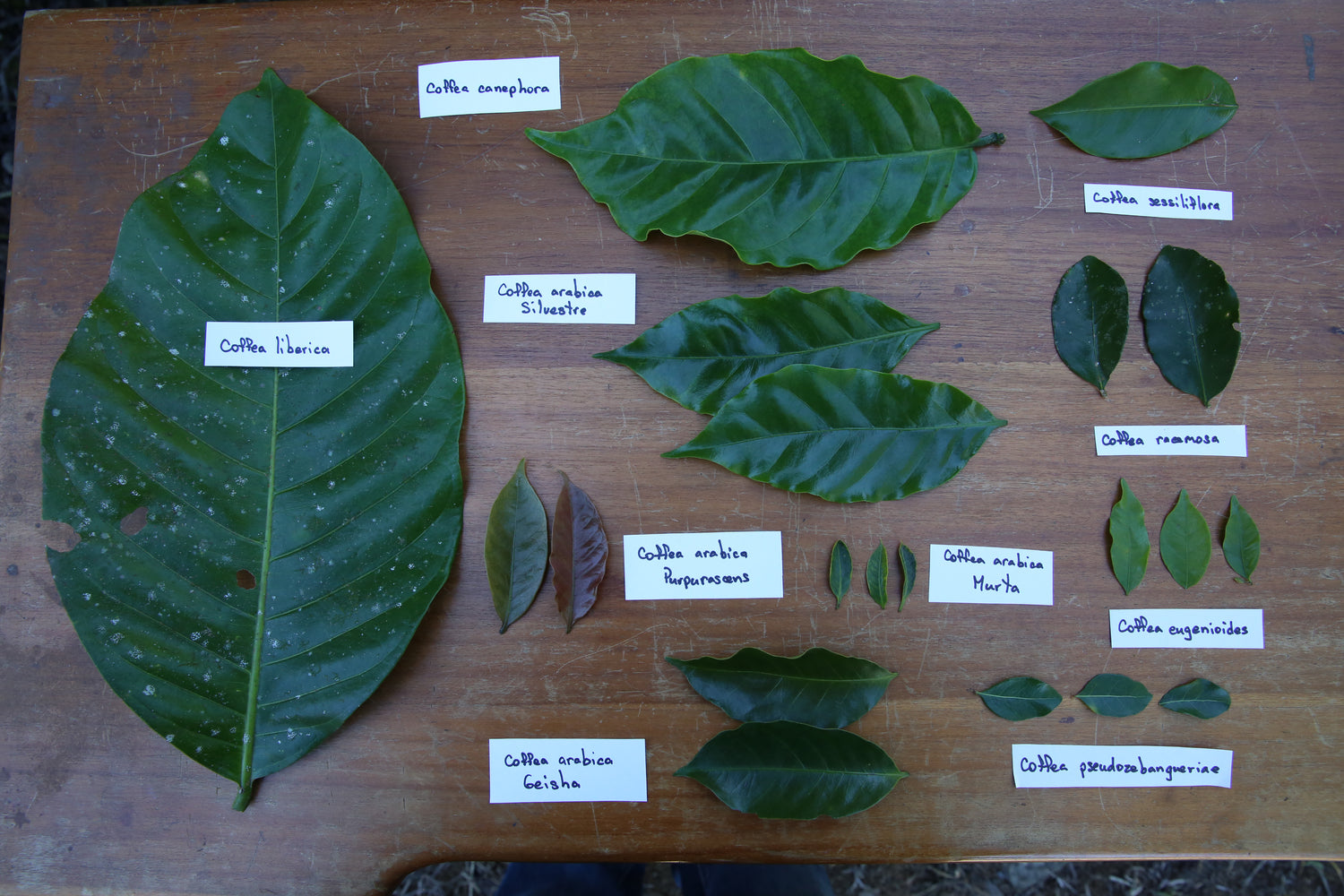Decaffeinated
What is Decaffeinated Coffee?
Decaffeinated coffee is a type of coffee from which most of the caffeine has been removed, resulting in a lower caffeine content compared to regular coffee. For a coffee to be classified as decaffeinated in the EU, it must have 99.9% caffeine removed. In the US, that number falls to 97%.
It is a popular choice among individuals for various reasons. Some people are sensitive to caffeine and may experience side effects like jitteriness, increased heart rate, or sleep disturbances. Many people prefer decaffeinated coffee in the evening to avoid interference with sleep, and it's also a good option for coffee cocktails in the evening. Pregnant women and nursing mothers are often advised to limit their caffeine intake. Some medications or medical conditions may interact with caffeine, making it necessary to reduce or eliminate caffeine from the diet. Decaffeinated coffee offers a caffeine-free alternative while still providing a familiar coffee flavour.
In the decaffeination process, caffeine is removed from green coffee beans before roasting. There are multiple ways to do this that I'll get to shortly. It is big business as the removed caffeine is often repurposed into many other items, including soft drinks and medication. In fact, if you are trying to reduce your intake, I suggest you always read the label. You might be surprised where it'll pop up.
How is Caffeine Extracted from Coffee Beans?
Caffeine can be removed from coffee beans through various decaffeination methods. But generally, it can be described as either a direct or indirect method.
The first person to discover a technique of decaffeination done so by accident. The legend goes that a German merchant named Ludwig Roselius received a shipment of coffee beans that had spilt on its journey and had been soaked in seawater. Determined not to lose his load, Roselius decided to taste the coffee beans anyway, and in doing so, he realised two things. Firstly, the caffeine effect was gone, and, to his surprise, it didn't taste bad.
Now, I wasn't there and obviously didn't taste the coffee. But, based on this opinion, I'm gonna make assumptions about the standard of coffee available at the time. Either way, he had accidentally discovered a direct decaffeination process.
Solvent-Based Methods
- Direct Solvent Method: Roselius developed the direct method in 1906 for decaffeination, which involved steaming green beans with acids and bases and rinsing them with Benzene as a solvent to remove caffeine. This process was repeated 8-12 times. However, Benzene is now known to be carcinogenic, and safer solvents are used today. Although the direct method remains the preferred process for decaffeination, its popularity is decreasing.
- Indirect Solvent Method: The Indirect method is a variation of Roselius' first technique and was first mentioned in 1941. Instead of steaming the green beans, they are soaked in hot water for several hours. The liquid is then treated with dichloromethane or ethyl acetate to extract caffeine. The decaffeinated water is reused to soak new beans for several cycles until the liquid and beans reach equilibrium with a similar composition but without caffeine.
Water-Based Methods
- Swiss Water Process: Developed in Switzerland (unsurprisingly) in 1933. This method soaks the green beans in hot water for seven hours, after which the liquid is filtered through an activated charcoal/carbon filter. This step removes the caffeine, leaving a liquid called GCE (green coffee extract). Fresh beans are now added to the GCE solution for another good soak. During this soak, the caffeine migrates from the bean to the solution. The GCE is again removed and filtered out before the process is repeated until decaffeination is achieved.
CO2 Method
- Supercritical CO2 Process: This process, used in our FiXX Decaf, is the most popular way of decaffeinating coffee in the EU and was first developed in Germany in the late 1960s. First, the green beans are steamed and added to a high-pressure vessel where a mixture of water and carbon dioxide is circulated throughout the container at 65°C at 162 bars of pressure. CO2 becomes a supercritical fluid at this temperature and pressure, meaning it's somewhere between a gas and a liquid. When the supercritical solvent goes through the coffee beans, it functions as a magnet, drawing in all the caffeine molecules. Once this occurs, the gas filled with caffeine can be released, and the decaffeinated beans are dried before being roasted.
Triglyceride Process
- This is a new method for making decaf coffee. The green coffee beans are soaked in a solution of water and coffee, which draws the caffeine to the surface of the beans. The beans are then transferred to a different container and immersed in coffee oils extracted from used coffee grounds containing fatty acids called triglycerides. After being subjected to high temperatures for several hours, the triglycerides remove caffeine while preserving the taste. The caffeine can then be separated from the oil and reused.
How to Choose High-Quality Decaffeinated Coffee?
Well, this is an easy one. Choose FiXX Decaf! Our 99.9% decaffeinated coffee is a three-time winner of a gold star at the Great Taste Awards. And it has won it in multiple categories, too. So if you want your FiXX Decaf in whole beans, ground or compostable coffee capsules, you can be sure you're getting a gold-star coffee.
Does Decaffeinated Coffee Taste the Same as Regular Coffee?
While we can't testify to all decaffeinated coffee, we can confidently say our award-winning FiXX Decaf does. Each of its three gold stars at the Great Taste Awards have been judged blind with no pre-notice that the coffee was decaffeinated. It is tasted alongside regular, caffeinated coffees and has walked away with the gold on three separate occasions.





